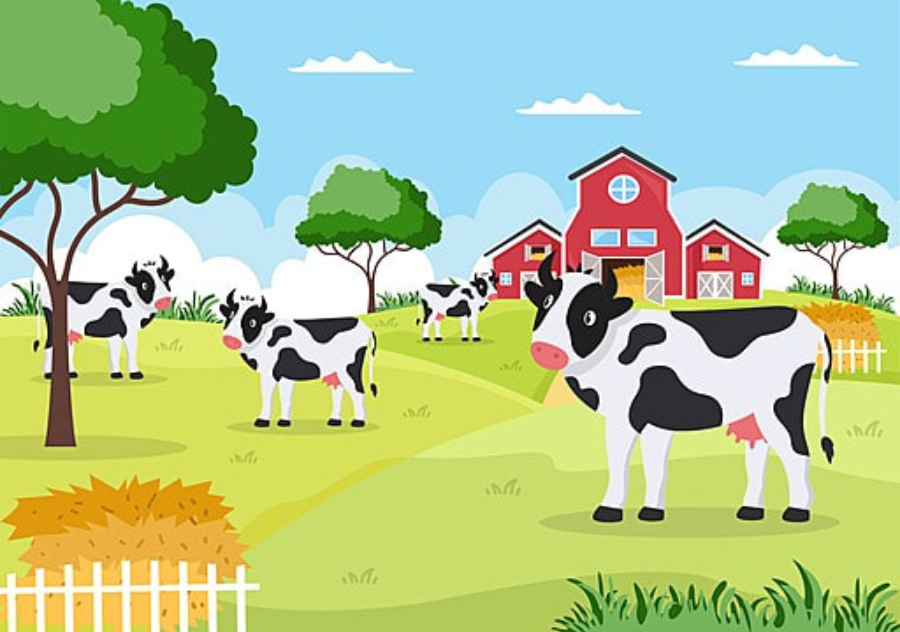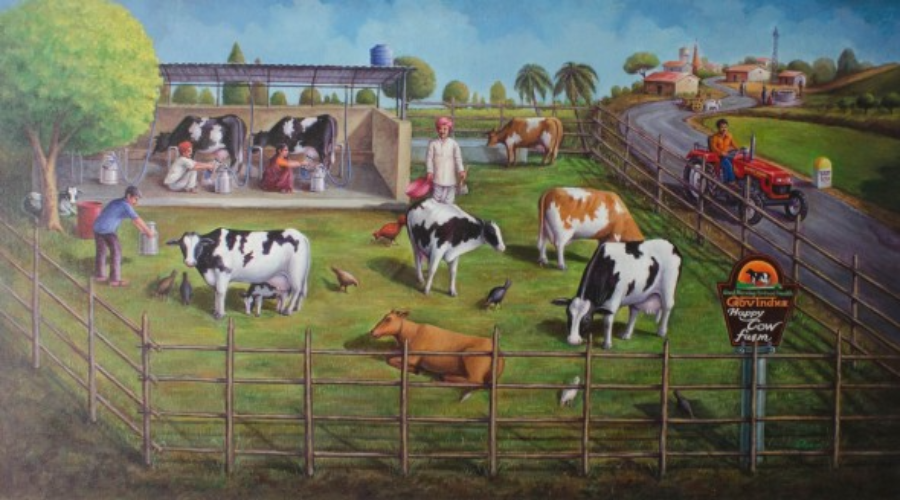

Hello everyone, I promised you that I would write a few points about dairy farms in the next blog, so here it is. In the last blog, I gave a few points and information regarding dairy products.
Agriculture has included dairy farming for thousands of years. Dairy farming and agriculture are intimately related in India. It has historically been a component of small, varied farms. Dairy farming was once thought to be a family enterprise that was passed down through the generations.
But as time went on, a new era with considerably greater organization and technological advancements was ushered in. Only in situations where producing more durable dairy products like cheese, butter, etc. requires a significant amount of milk is large-scale dairy farming economically feasible. As a result, dairy farming quickly proved to be a significantly more lucrative industry.
A dairy farm is an area used for the long-term production of milk through the practice of dairy farming, milk is then processed in order to be sold as dairy products. Usually, one-species businesses operate commercial dairy farms.
Under the Ministry of Animal Husbandry, Dairying and Fisheries, the Department of Animal Husbandry and Dairying (DAH&D) is the primary regulating authority for the dairy industry.

The purpose of dairy farming is food production by the dairy farmers. They want to make sure that their raw milk meets the highest standards set by the food industry and customers in terms of quality and safety.
The advantages of dairy farming are
Obtaining nutrition and food security.
Providing jobs and promoting economic expansion.
Encouraging Universal Health.
Supporting the preservation of genetic resources and biodiversity.
Lowering the emission of greenhouse gases.

Some of the dairy products include lactose-free milk, yogurt, cheese, and fortified soy milk and yogurt.
Despite being the world's largest milk producer, farmers in India frequently lack access to the tools and training necessary to manage and expand their dairy farms. However, farmers now have access to infrastructure, resources, and much-needed training in addition to technical expertise. There are several elements contributing to India's dairy industry's success.
In order to stimulate this industry even more, the government has recently introduced a number of creative programs. The Rashtriya Gokul Mission is one such initiative that attempts to support the Development and Conservation of Indigenous Breeds in India's Dairy Sector.
Having more capacity to process milk could affect where to buy high-quality milk. Therefore, improving backward chain linkages, building infrastructure, and the maturity and competitiveness of emerging dairy sectors will determine the future of dairy farming in India.
These are a few things to consider with dairy farms. See you in a blog post soon.
Thank you.
